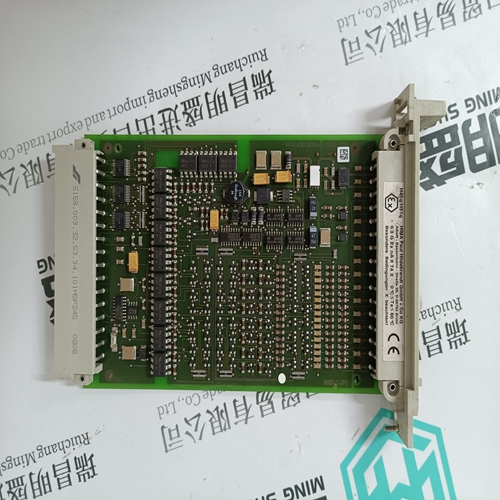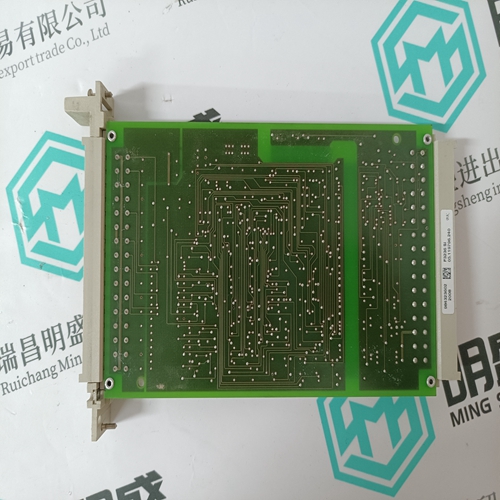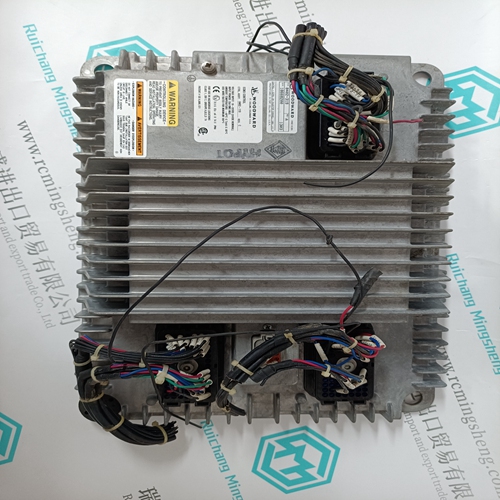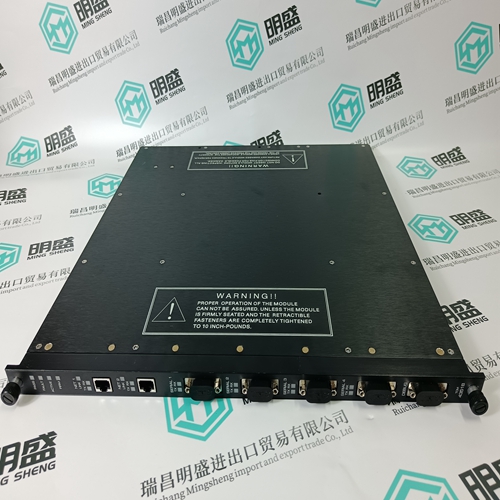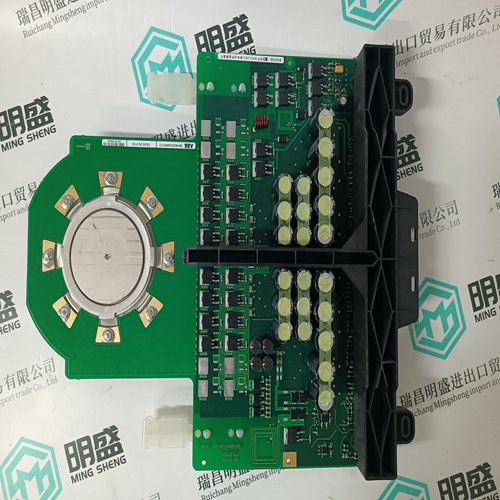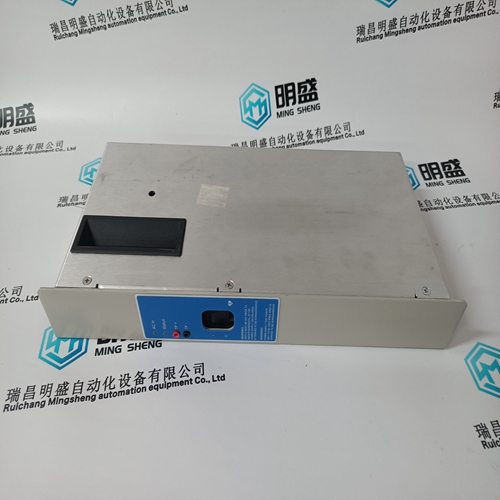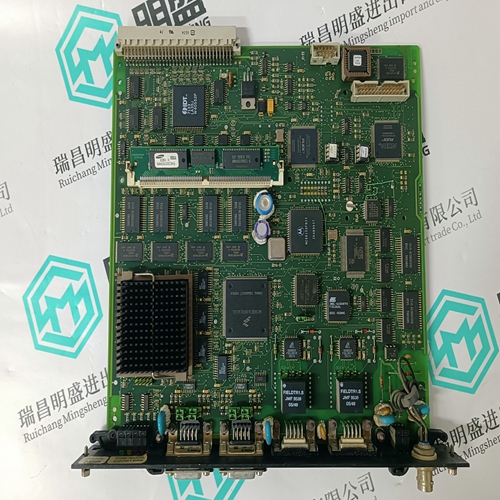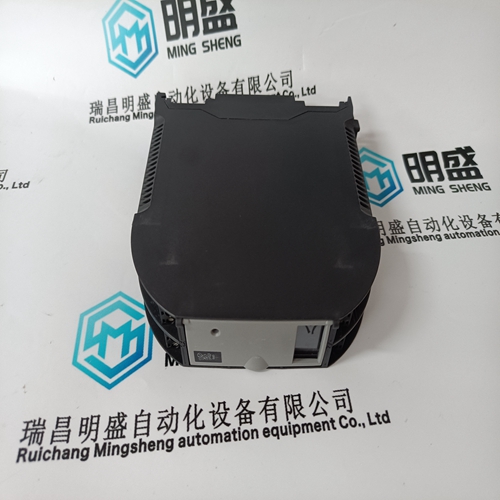Home > Product > Servo control system > HIMA F3236 Input module
HIMA F3236 Input module
- Product ID: F3236
- Brand: HIMA
- Place of origin: Germany
- Goods status: new/used
- Delivery date: stock
- The quality assurance period: 365 days
- Phone/WhatsApp/WeChat:+86 15270269218
- Email:stodcdcs@gmail.com
- Tags:HIMAF3236Input module
- Get the latest price:Click to consult
The main products
Spare parts spare parts, the DCS control system of PLC system and the robot system spare parts,
Brand advantage: Allen Bradley, BentlyNevada, ABB, Emerson Ovation, Honeywell DCS, Rockwell ICS Triplex, FOXBORO, Schneider PLC, GE Fanuc, Motorola, HIMA, TRICONEX, Prosoft etc. Various kinds of imported industrial parts
Products are widely used in metallurgy, petroleum, glass, aluminum manufacturing, petrochemical industry, coal mine, papermaking, printing, textile printing and dyeing, machinery, electronics, automobile manufacturing, tobacco, plastics machinery, electric power, water conservancy, water treatment/environmental protection, municipal engineering, boiler heating, energy, power transmission and distribution and so on.
HIMA F3236 Input module
intended for the node, it is stored. If a message is intended for another Cnet node, it is passed to the transmit side. Transmit On the transmit side the module has one transmitter but two independent transmit driver circuits. Messages originated by the node and forwarded messages are transmitted on both channels. Messages are first checked and formatted by the CPU before they are transmitted. Messages are transmitted using a transmit/acknowledge sequence. Memory The INNIS01 module memory consists of ROM memory and static-RAM (SRAM) memory. The ROM memory holds the operating system instructions for the microprocessor (i.e., firmware). SRAM memory provides temporary storage for the CPU. The Cnet and I/O expander bus interfaces also use a portion of the SRAM memory to store received messages and messages to be transmitted. I/O Expander Bus The I/O expander bus is an eight-bit parallel bus that provides the communication path for data between the INNIS01 module and the INICT12 module. The I/O expander bus interface is implemented using a custom integrated circuit utilizing an ABB Automation designed communications protocol. This interface provides the following functions: • Address comparison and detection. • Read strobe generation. • Data line filtering of bus signals. • On-board bus drivers. The I/O expander bus used by the INICI12 interface is isolated from any other rack modules. NOTE: I/O expander bus is strictly used for internal cabinet communication
Switches and LEDs
The CPU reads one of several internal event and error counters and writes count data to data latches to control the front panel LEDs. It reads switches SW1 through SW4 through data buffers to determine its operating mode and operating addresses.
The INNIS01 module is the communication front end for the computer interface. This section provides an overview of its operating theory. Exception Reports Exception reported data is available to all Cnet nodes. Harmony nodes exception report data on Cnet automatically. A controller, for example, generates an exception report periodically to update data, after a process point reaches a defined alarm limit or changes state, or after a significant change in value occurs. An exception reporting route must be established, however, for the node to begin acquiring the exception reported data. The data typically appears as dynamic values, alarms, and state changes on displays and in reports generated by human system interfaces and other system nodes. Exception reports can have data values in the following formats: digital, analog, and status. Exception reports are time-stamped to reflect their processing sequence. Some examples of information contained in exception report parameters include: • Analog process value. • Alarm level. • Deviation (rate of change). • Digital process state. • Alarm state. • Quality.

